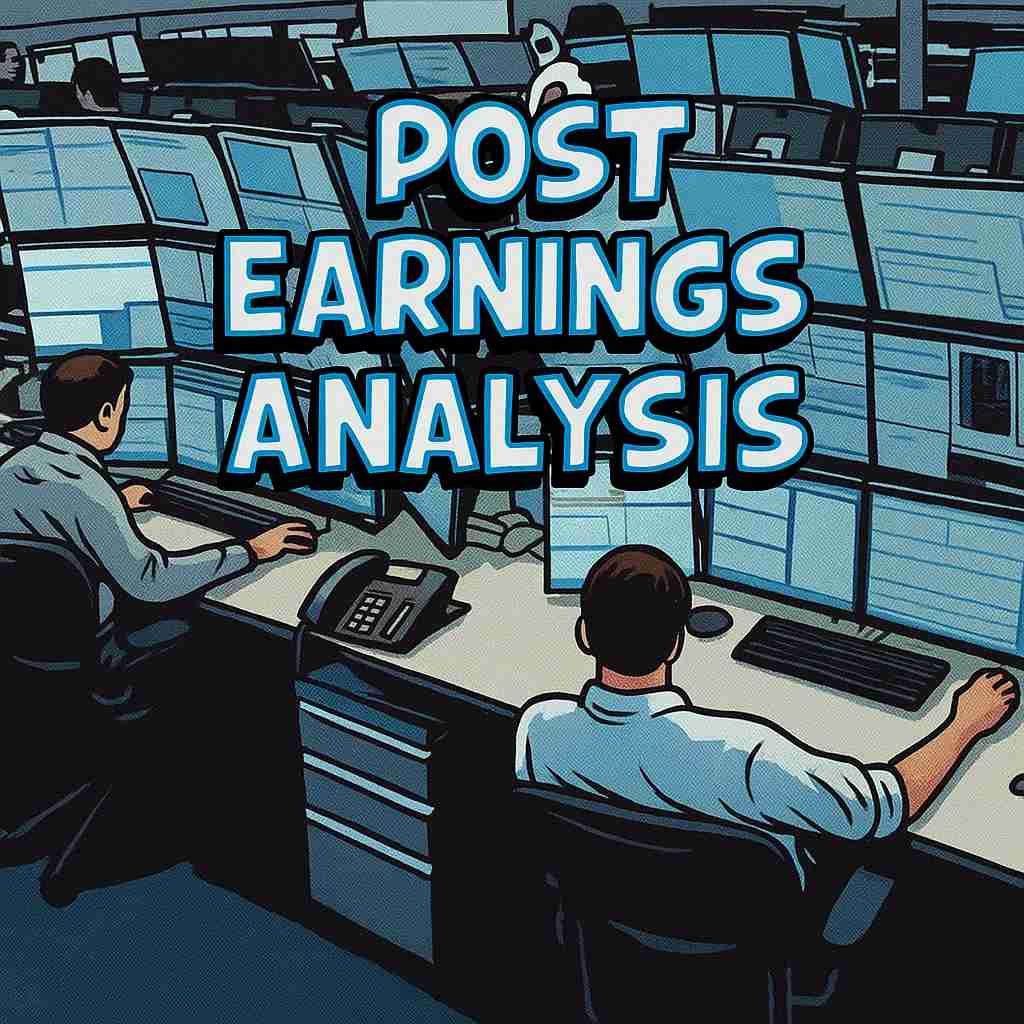# Firefly Aerospace Inc. (FLY) Post Earning Analysis
Firefly Aerospace, Inc., founded in 2017 by Thomas E. Markusic, Mark Watt, and Max Polyakov, specializes in creating space launch vehicles, including the Alpha, Beta, and Gamma series, as well as orbital transfer vehicles. Headquartered in Cedar Park, Texas, Firefly aims to innovate in the aerospace industry with its advanced vehicle designs and manufacturing capabilities.
Firefly Aerospace recently reported its Q2 earnings, marking its first financial disclosure since a historic IPO. The earnings snapshot was released on September 22, 2025, indicating significant developments for the company. On the same day, Firefly Aerospace also announced receiving a $10 million addendum to a NASA contract for the Blue Ghost Mission 1 Lunar Data. This contract extension could bolster the company’s financial stability and future revenue streams, reflecting positively on its stock.
The timing of these announcements coincides with broader economic events, as Federal Reserve Chair Jerome Powell’s recent speeches, noted on September 21, 2025, have been closely watched by investors. Powell’s comments come at a time when stocks are at record highs, potentially influencing market sentiment and the performance of stocks, including those of newly public companies like Firefly Aerospace.
These developments suggest a potentially positive outlook for Firefly Aerospace’s stock, as successful earnings reports and expanded NASA contracts could attract investor interest and confidence in the company’s growth prospects.
The most recent rating changes for the stock in question occurred in September 2025, with four different investment firms initiating coverage, reflecting varied perspectives on the stock’s future performance.
1. **Roth Capital (2025-09-10)**: Roth Capital initiated coverage with a “Buy” rating, setting a target price of $60. This suggests a positive outlook from Roth Capital, indicating their belief that the stock will perform well above the current market price, reflecting a bullish stance on the stock’s value and potential growth.
2. **Jefferies (2025-09-02)**: On the same day, Jefferies also initiated coverage with a “Buy” rating and set an identical target price of $60. This alignment with Roth Capital’s assessment underscores a consensus of strong growth prospects or undervaluation by these analysts.
3. **JP Morgan (2025-09-02)**: JP Morgan started their coverage with an “Overweight” rating, assigning a target price of $55. The “Overweight” status indicates that JP Morgan expects the stock to outperform the average return of the stocks in the analyst’s coverage universe, albeit with a slightly more conservative target price than Roth Capital and Jefferies.
4. **Morgan Stanley (2025-09-02)**: Morgan Stanley began its coverage with an “Equal-Weight” rating and a target price of $52. This rating suggests that Morgan Stanley views the stock as fairly valued at its current price, expecting performance in line with the broader market, which is more cautious compared to the other firms’ more optimistic views.
These varied ratings and target prices reflect differing expectations about the stock’s future performance, influenced by each firm’s individual analysis and market outlook. Investors should consider these perspectives in light of their own research and investment strategy.
The current price of the stock is $49.52. Analysis of recent ratings from various financial institutions reveals a generally positive outlook, with an average target price of $56.75. This target price suggests a potential upside of approximately 14.6% from the current level. Specifically, Roth Capital and Jefferies both set a target price of $60, indicating a bullish perspective. JP Morgan has a slightly more conservative view with a target price of $55, while Morgan Stanley suggests a modest increase with a target price of $52.
The initiation of coverage by multiple analysts with predominantly positive ratings (Buy and Overweight) indicates a favorable market sentiment towards the stock. However, the report does not provide specific details on earnings per share (EPS) trends or dividend policies, which are also crucial factors for comprehensive investment analysis. Investors should consider these elements alongside price targets to make informed decisions.
